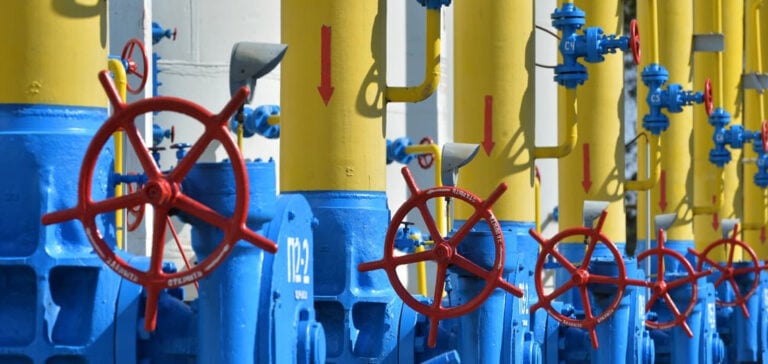The European gas market has received a warning from the International Energy Agency (IEA). According to a recent report on the gas market outlook to 2026, the IEA warns of possible tensions in Europe, particularly in the event of a harsh winter and new restrictions on Russian gas supplies by pipeline.
IEA’s concerns
Despite a situation where the European Union’s gas reserves are almost full, at 96% of capacity, at the start of the heating season, the IEA remains cautious about security of supply. This precaution stems from fears of shortages that emerged in 2022 following Russia’s invasion of Ukraine. The IEA points out that “a cold winter combined with lower availability of liquefied natural gas (LNG ) transported by ship and a further drop in Russian gas deliveries by pipeline could rekindle tensions on the market, particularly towards the end of winter 2023-24.” This price volatility is a cause for concern, as it can have significant repercussions on European economies.
Since the invasion of Ukraine in 2022, Russia has significantly reduced its gas pipeline deliveries to the European Union, forcing European countries to rapidly review their supply strategies. They increased their LNG purchases by 70% last year, notably from the United States and Russia. Although the situation has improved this year, Europe remains vulnerable to two main challenges. Firstly, winter weather can be more severe than the previous year, leading to increased demand for gas for heating. Secondly, Russia continues to supply gas to Europe, but this source can be interrupted at any time, creating continuing uncertainty.
Long-term prospects
The IEA believes that the global energy crisis of 2022 has ushered in a new era for global gas markets, bringing to an end a decade of sustained growth between 2011 and 2021, often referred to as the “Golden Age of Gas.” The agency now forecasts a slowdown in global gas demand growth, with an average increase of 1.6% per year between 2022 and 2026, compared with an annual average of 2.5% between 2017 and 2021. This reduction is mainly due to lower consumption in mature markets, notably Asia-Pacific, Europe and North America, where gas demand peaks in 2021 and is expected to decline by 1% a year until 2026. This trend is the result of accelerated deployment of renewable energies and improved energy efficiency.
Ultimately, growing demand for gas will be concentrated in the fast-growing Asian markets, as well as in certain gas-rich economies in the Middle East and Africa. China alone is expected to account for almost half of the total growth in global gas demand between now and 2026.
Final analysis
The future of the European gas market remains uncertain, with persistent concerns about security of supply, particularly during harsh winters. The IEA warns of the potential risks associated with reduced availability of liquefied gas and new restrictions on Russian gas deliveries. The resulting price volatility could have a significant impact on European economies.
Worldwide, gas demand is slowing down, mainly due to increased energy efficiency and the massive deployment of renewable energies in mature markets. Growth in demand will now be concentrated in Asia and certain gas-rich regions, led by China. This development reflects the complexities and challenges facing the global and regional gas market.
Ultimately, it’s essential to keep a close eye on developments in the European gas market, particularly during the winter months, and to remain attentive to global developments that will influence gas demand and supply in the years ahead.






















